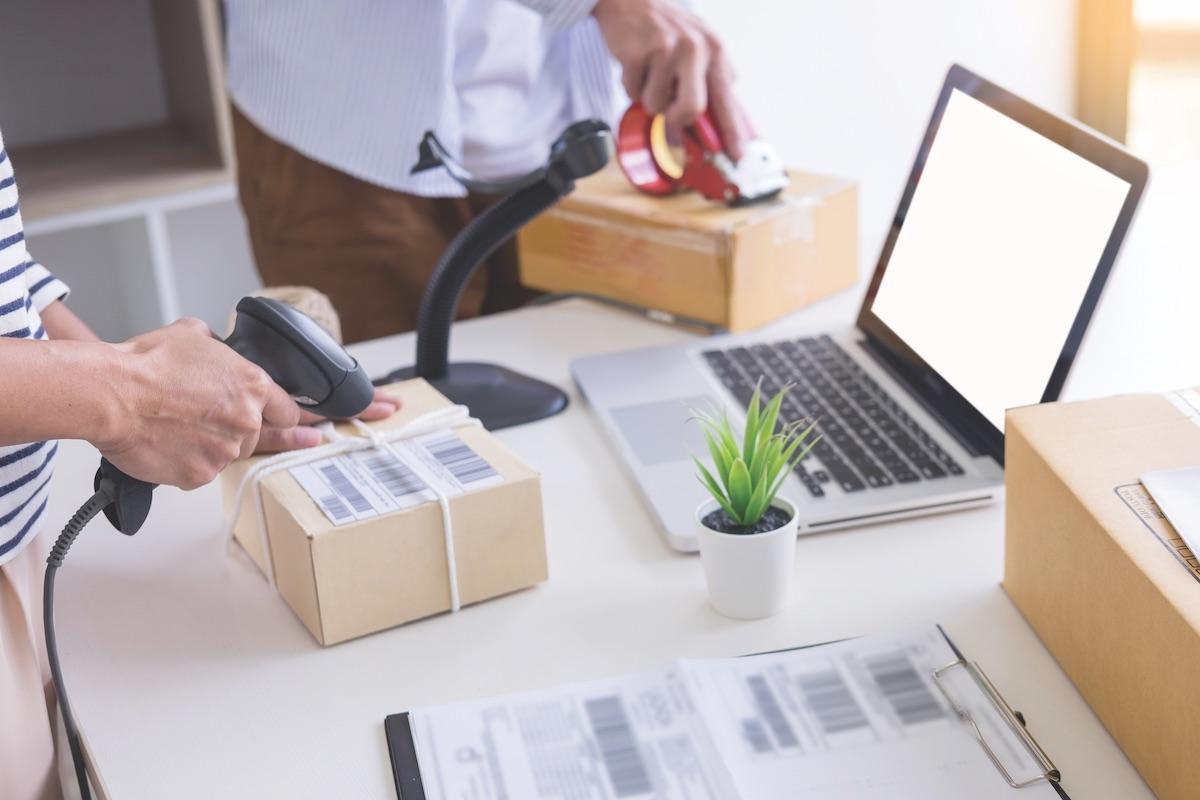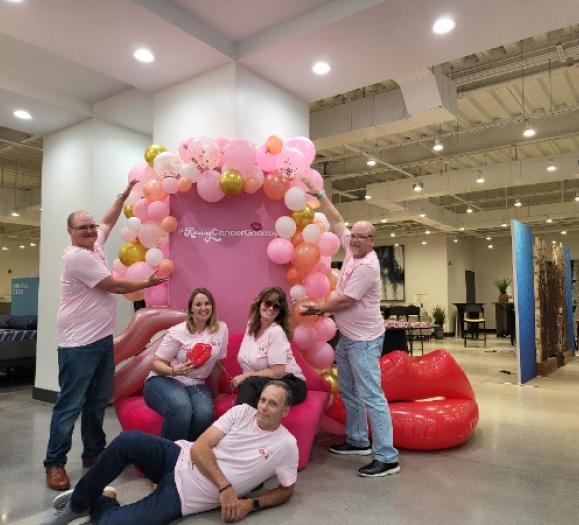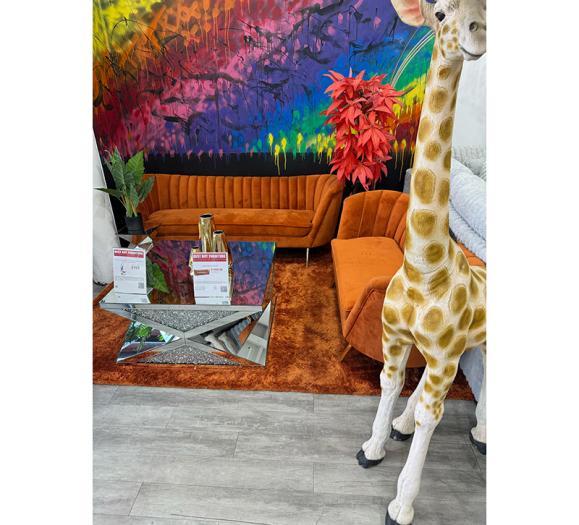Business analysts anticipate several ways holiday retail will be different this year. Shoppers, for example, likely won’t wait until Black Friday as the start of the holiday buying season in an effort to avoid logistical issues, such as depleted stock. With coronavirus cases on the rise again in the U.S., this is a good time to develop an online strategy for your retail store if you don’t already have one, as consumers are more likely to shop (or research) online for this year’s holiday purchases.
Analysts also anticipate that with COVID-19 restricting travel and gatherings, more money could be spent on product this year. Last year, 12 percent of consumer spend was on entertainment, travel and food, according to Coresight. That money could likely end up being funneled into product and gifts, the research group continues.
To get ready for anticipated shifts this holiday season, Shopify has introduced its Holiday Playbook for Retail Stores with tips for how to make the most of a holiday season that will be different from the norm. We’ve shared a few.
COVID-19 Retail Tips
1. Plan Your Inventory: Connect with your suppliers early this year to stock up. In addition to monitoring stock performance, use historical sales and supplier lead times to help predict your inventory needs.
2. Be Prepared to Sell Online: This is a season where offering in-store/online flexibility may be even more important. Centralize inventory in one place across your online and physical operations so you have a clear picture of where inventory stands. Even before coronavirus, 76 percent of retailers have sold their in-store inventory online.
3. Offer More Fulfillment Options: For customers who are currently not comfortable in store or even just for convenience, such options as local pickup (use email and text to keep customers apprised of when they can expect to pick up their purchases); local delivery (set parameters so shoppers can qualify themselves during checkout); and shipping options make sense. Promote these options early, and put a system in place that helps staff determine how to get orders ready. Offering direct shipping to loved ones for in-store purchases also goes a long way with customers who might not be visiting for the holidays this year.
4. Offer Appointments: According to a recent survey, 71 percent of in-store shoppers spend more. Whether virtual or in-store, give your customers a safety advantage by providing private and highly personalized shopping experiences. Make it easy for your shoppers to schedule these appointments and they are likely to make that purchase when in the store, knowing they aren’t at risk.
5. Give Gift Inspiration: According to Deloitte data, 30 percent of shoppers rely on in-store inspiration to make final decisions when purchasing gifts. With a different in-store experience this year, get creative on ways to offer inspiration before your customers come in the store. Use social media to showcase new products, gift ideas and more with eye-catching images and videos. Let customers know what their in-store buying options will look like so they can plan their visits. Other ways to inspire customers to shop include offering rewards for referrals, email shopping carts for wishlist inspiration and exclusive offers to your loyal customer base. If they’ve purchased before, entice them with incentives to come back and buy again.
6. Keep Your Staff and Customers Safe: Data shows that 62 percent of consumers won’t shop where they don’t feel the retailer is taking health and safety seriously. Set a game plan for communication to let your customers know its safe to shop in your store. This includes proactive, clear and consistent communication. Include staff in setting up the plan to help enhance adherence and team morale.
This plan should include signage to clearly communicate what’s expected of customers, such as how many can be in the store at one time. Use sidewalk stickers to create socially distanced lineups; ensure your staff is masked at all times; create a hand sanitizer station at the entrance; have disposable masks available; adhere to limited capacity guidelines; install sneeze guards and sanitary foot door openers; wipe down high-traffic areas regularly; and explain to shoppers via email and social media how you are keeping them safe. Anticipate traffic you can expect in your store to avoid bottlenecks and facilitate faster flow.
Implementing the above points will help staff and shoppers feel welcome and safe.







